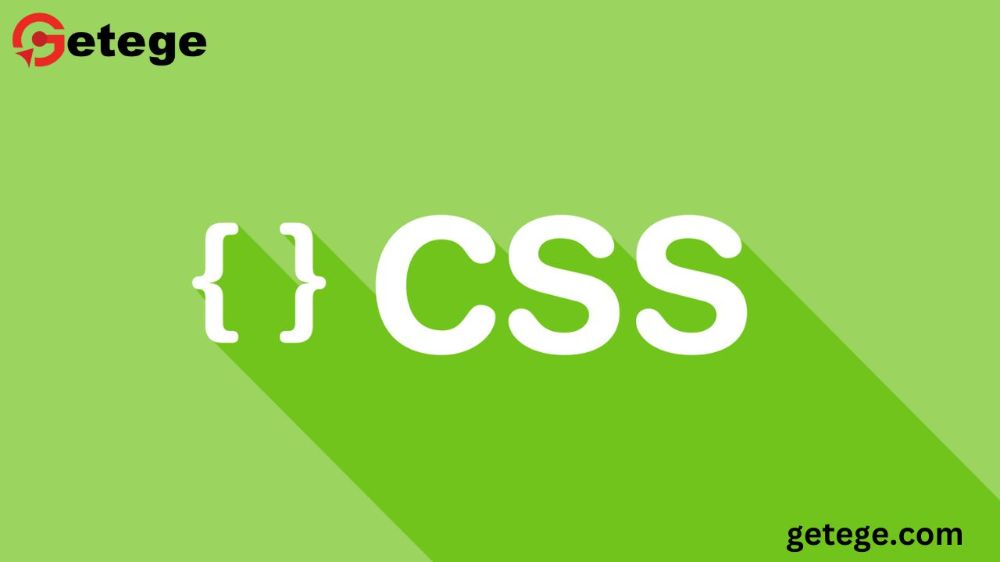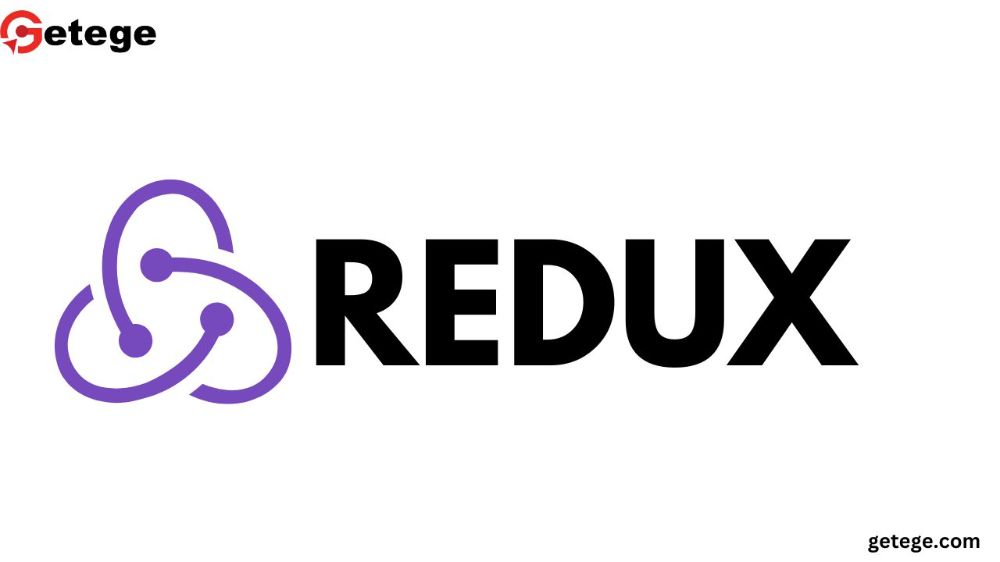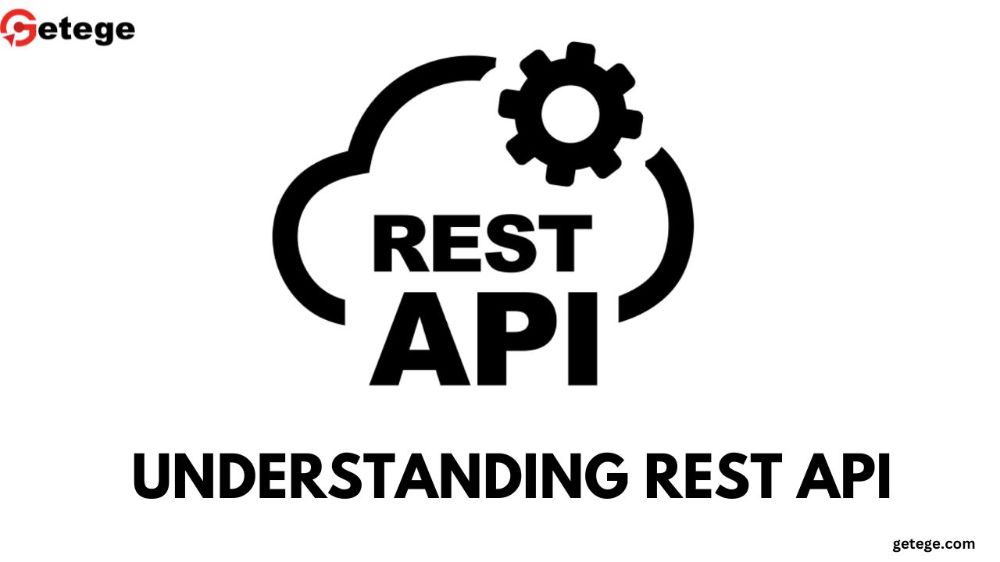CSS: The Backbone of Modern Web Design
CSS, short for Cascading Style Sheets, is one of the foundational technologies of web development. It is used to control the layout, appearance, and overall design of web pages. By separating the content (HTML) from design (CSS), developers can create more structured, consistent, and visually appealing websites. This post will explore everything from basic CSS concepts to advanced features, equipping you with the knowledge to build beautiful and responsive websites.
Why CSS is Important
CSS is indispensable in the modern web development world for several reasons:
- Improves Design and Aesthetics: CSS gives you control over visual elements, from colors to layouts.
- Mobile Responsiveness: With media queries, CSS makes it possible to build websites that work seamlessly across devices, from desktops to mobile phones.
- Customization: You can easily change the appearance of your website with just a few lines of CSS without altering the HTML structure.
- Maintainability: Using external style sheets allows for easier website updates and scalability.
The Basics of CSS
How CSS Works
CSS works by applying rules that define how HTML elements should be displayed. These rules are made up of selectors (which target specific HTML elements) and declarations (which describe the style properties to be applied). CSS controls everything from text color and font styles to layout, spacing, and positioning.
Styling Web Pages
One of the most common uses of CSS is for changing the look of web pages. Whether it's applying background colors, changing font sizes, or aligning text, CSS provides all the tools necessary to modify and style elements on a web page. Beyond simple changes, CSS allows developers to control how web content adjusts across different screen sizes and resolutions, ensuring a uniform experience.
Layout and Positioning
CSS also handles layout and positioning elements on the page. Whether you're creating a traditional layout with columns or using more advanced techniques like Flexbox or Grid, CSS offers flexibility and precision. You can control the size and spacing of elements, making it easier to manage complex web pages.
Font and Typography
Typography plays a vital role in website design, and CSS allows complete control over font styles, sizes, and weights. You can select specific fonts, adjust their sizes, and control spacing between text to create a more engaging and readable interface.
Advanced CSS Concepts
Responsive Web Design
With the increase in mobile device usage, it’s essential to design websites that look good on every screen size. CSS media queries make this possible. By using breakpoints, you can apply different styles depending on the screen's size. This ensures that your website is visually optimized for mobile phones, tablets, laptops, and desktops.
CSS Grid and Flexbox
Two powerful layout models in CSS are Grid and Flexbox. CSS Grid is a two-dimensional layout system that allows you to create complex and precise layouts easily. Flexbox, on the other hand, is a one-dimensional layout model used for aligning items in rows or columns. Both methods help create dynamic and responsive page structures.
CSS Transitions and Animations
CSS isn't just about static design. It can also be used to create smooth transitions and animations, making your website more interactive and engaging. With transitions, you can animate changes in CSS properties, such as changing the color of a button when hovered over. CSS animations allow you to create more complex, multi-step animations that can transform the appearance of elements.
CSS Variables
For example, if you have a primary color used throughout your website, defining it as a variable means you only need to change it in one place if your design needs updating.
Best Practices for Writing CSS
Use a CSS Reset
Different browsers render HTML elements with varying default styles. A CSS reset helps normalize these differences, ensuring a consistent look across all browsers.
Organize and Comment Your Code
Maintaining a large stylesheet can become cumbersome if not organized well. Grouping related properties together and adding comments to explain sections of your code will make it more readable and easier to maintain.
Avoid Overloading with Classes and IDs
While it’s tempting to apply unique styles to every element using classes and IDs, overuse can lead to cluttered and hard-to-maintain code. Instead, aim for reusable and modular styles that can be applied across multiple elements.
Minimize Use of !important
The !important rule forces a style to be applied regardless of other rules. Although useful in rare cases, it can make debugging and future modifications challenging. Try to use this sparingly.
CSS Frameworks
CSS frameworks like Bootstrap or Foundation provide pre-designed components and layout systems, allowing you to speed up development. These frameworks come with a range of pre-built features such as responsive grids, forms, buttons, and more, which can be customized to fit your design needs.













